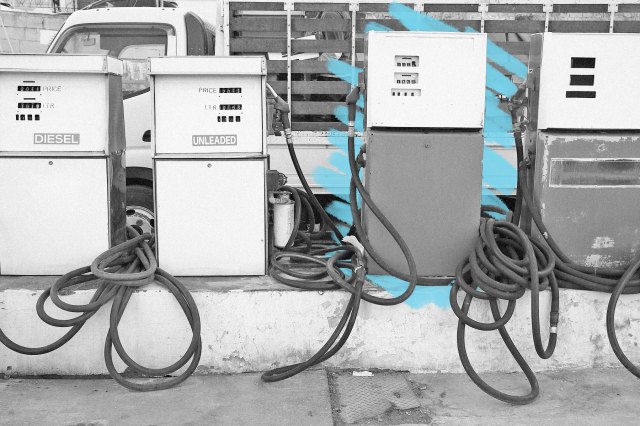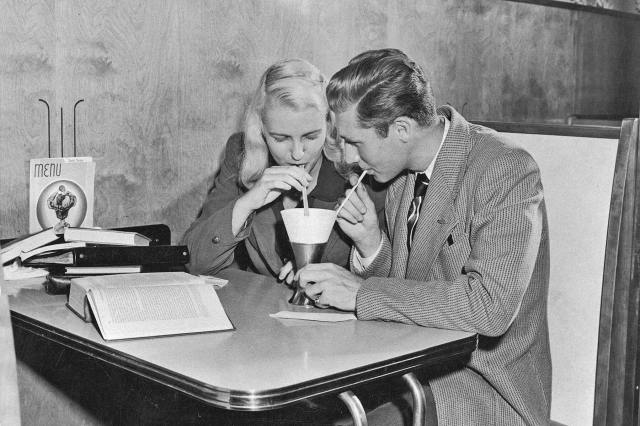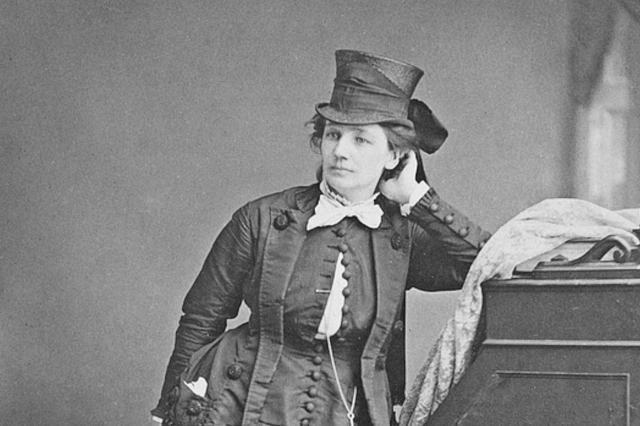 |
Gas prices include nine-tenths of a cent due to a 90-year-old law. |
U.S. History |
 |
| |
| During the Great Depression, a penny was worth a lot more than it is now. The average gallon of gas cost about 20 cents in 1930, and in some parts of the country was as low as 10 cents. When the Revenue Act of 1932 was passed, it allowed for the first federal gas tax. The tax rate of 1 cent per gallon was pretty significant at the time; in some areas, that increased fuel prices by 10%. It made a difference, too: Ultimately, gas accounted for nearly 8% of tax revenue in 1933. Gas station owners, who paid the tax when purchasing fuel from suppliers, were faced with three options: They could eat the tax and take the hit to their profit margin, raise prices by an entire cent (which, again, was a lot at the time), or increase prices by less than a penny and pay the difference. The third option was less of a shock to motorists, but still made up a portion of the tax burden, so it seemed like a good compromise to most retailers. | |
| As the interstate highway system grew in the 1950s (and gas prices stayed roughly between 20 cents and 30 cents per gallon), pricing gas to a fraction of a cent also proved to be effective marketing, making rates appear lower to motorists who saw them displayed on signs along busy highways. It's the same concept as charging $1.99 instead of $2 — consumers tend to focus on the leftmost digit of a price, making for an effective illusion even to savvy shoppers. But that last fraction of a penny adds up to millions of dollars in revenue each month for gas retailers as a whole; in 2006, one gas station operator cut out the nine-tenths of a cent as an experiment and figured he lost about $23 a day. Roughly 90 years after the 1932 law was passed, pricing gas to nine-tenths of a cent is still nearly universal, but there's nothing mandating that gas stations price their gallons this way. In fact, a 1985 law in Iowa banned the practice, though the law was repealed just a few years later. | |
 | |
 | |||
| |||
Billionaires Wanted It, but 62,630 Everyday Investors Got It First | |||
| Thank you for supporting our sponsors! They help us keep History Facts free. |
 | |||||||||
By the Numbers | |||||||||
| |||||||||
| |||||||||
 | |||||||||
| |||||||||
Gasoline started as a discarded byproduct of distilling oil. | |||||||||
| When businessman Edwin Drake drilled the United States' first productive oil well in Titusville, Pennsylvania, in 1859, internal combustion engines were still more than a quarter-century away from hitting the road. Drake was after kerosene to power lamps, not motor fuel. The distillation process still produced gasoline as a byproduct, but having no use for it, he threw it out. Car inventors didn't realize it could be a valuable motor fuel until the 1890s — and gas didn't start outselling kerosene until 1911. | |||||||||
 | |||
Recommended Reading | |||
 | |||
| | |||
 | |||
| |||
| + Load more | |||
| |||||||||
| 700 N Colorado Blvd, #513, Denver, CO 80206 | |||||||||









0 komentar:
Post a Comment